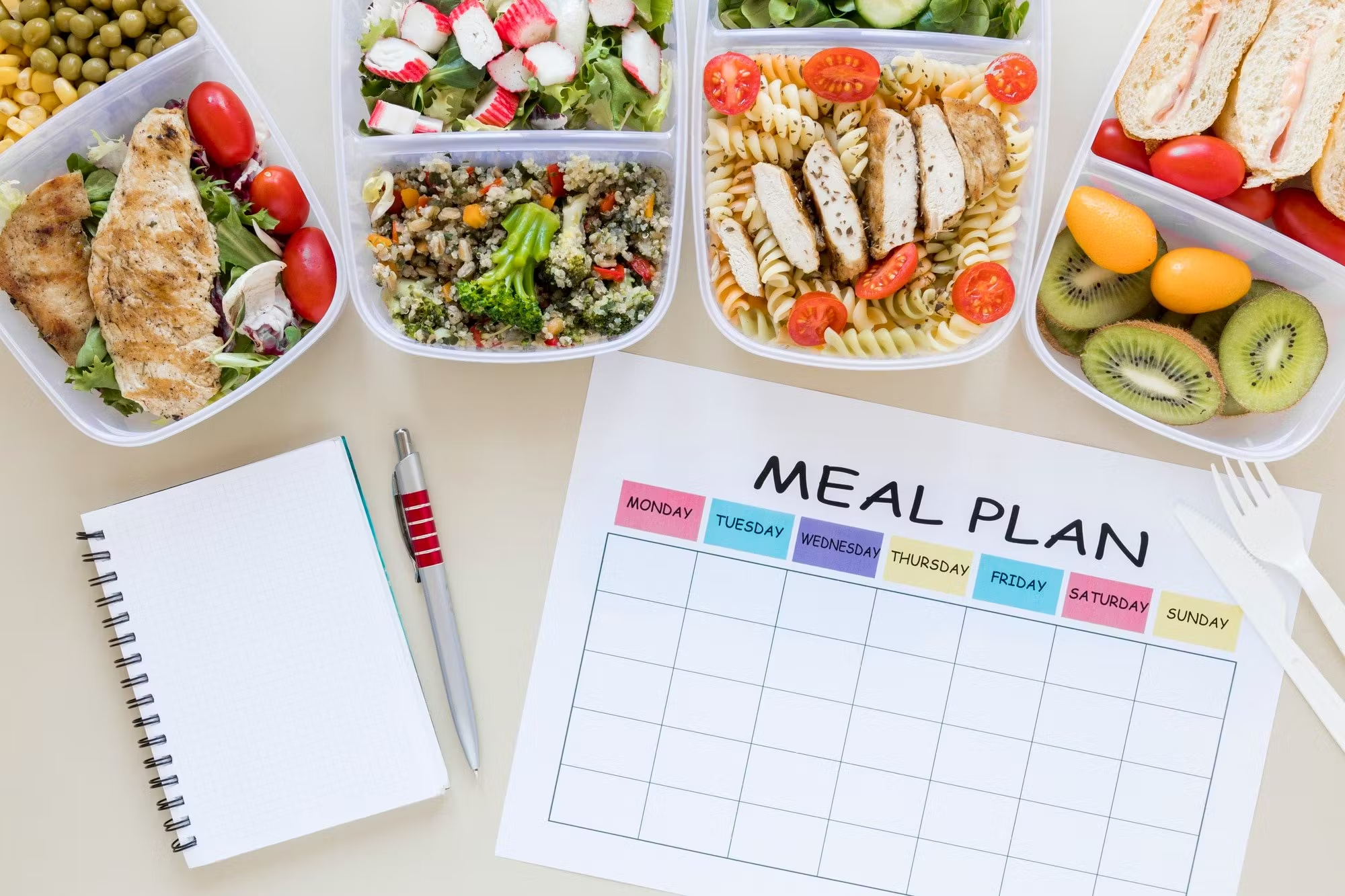Blood Pressure Management Meal Planning
Effective meal planning is crucial for maintaining healthy blood pressure levels. This guide will help you create balanced, nutritious meal plans that fit your lifestyle while supporting cardiovascular health.
Consistent meal planning can reduce daily sodium intake by up to 40% compared to unplanned eating. By taking control of your meals, you're taking a proactive step in managing your blood pressure.
The most successful blood pressure management plans combine sodium reduction with potassium-rich foods. This balanced approach is more effective than focusing on sodium reduction alone.

Meal Planning Basics
Understanding your nutritional needs is the foundation of effective meal planning. Spreading your nutrients throughout the day helps maintain stable blood pressure levels and supports better overall health outcomes.
The timing of your meals can significantly impact blood pressure management. Eating larger meals earlier in the day and lighter meals in the evening can help optimize blood pressure control, aligning with your body's natural circadian rhythms.
Weekly Planning Template
Daily Nutritional Goals:
- Sodium: Less than 2,300mg per day
- Potassium: 3,500-4,700mg per day
- Fiber: 25-30g per day
- Protein: 0.8g per kg of body weight
- Water: 8-10 cups daily
Meal Distribution
- Breakfast: 25% of daily calories
- Lunch: 30% of daily calories
- Dinner: 25% of daily calories
- Snacks: 20% of daily calories (divided between 2-3 snacks)
Smart Shopping Guidelines
Strategic grocery shopping is your first line of defense in blood pressure management. Creating a detailed shopping list not only saves time and money but also helps you avoid impulse purchases that might not align with your health goals.
Shop the perimeter of the grocery store for the most blood pressure-friendly foods. Fresh produce, lean proteins, and dairy alternatives are usually located along the outer edges, while processed foods with higher sodium content are often found in the center aisles.
Shopping List Template
Essential Categories:
- Fruits and Vegetables
- Leafy greens (spinach, kale)
- Colorful vegetables (bell peppers, carrots)
- Fresh fruits (berries, bananas, citrus)
- Lean Proteins
- Fish (salmon, tuna)
- Poultry (skinless)
- Legumes and beans
- Whole Grains
- Brown rice
- Quinoa
- Whole grain bread
Meal Prep Strategies
Effective meal preparation can be the difference between success and struggle in blood pressure management. People who prep meals in advance are 73% more likely to stick to their dietary goals.
Proper food storage maintains nutritional value and prevents the need for additional sodium as a preservative. Invest in quality, airtight containers and learn optimal storage temperatures for different food types.
Weekly Prep Guide
- Choose 2-3 main proteins to prepare
- Wash and cut vegetables for the week
- Cook whole grains in batch
- Prepare healthy snacks in portions
- Store meals in appropriate containers
Important Considerations
While meal planning is essential, avoid overly rigid plans as they're more likely to be abandoned. Allow yourself reasonable flexibility while maintaining your core health goals.
Pay attention to medication and meal timing. Some blood pressure medications work best with food, while others should be taken on an empty stomach. Consult your healthcare provider about the optimal timing of meals and medications.
- Monitor portion sizes
- Read nutrition labels
- Choose low-sodium options
- Include variety in your meals